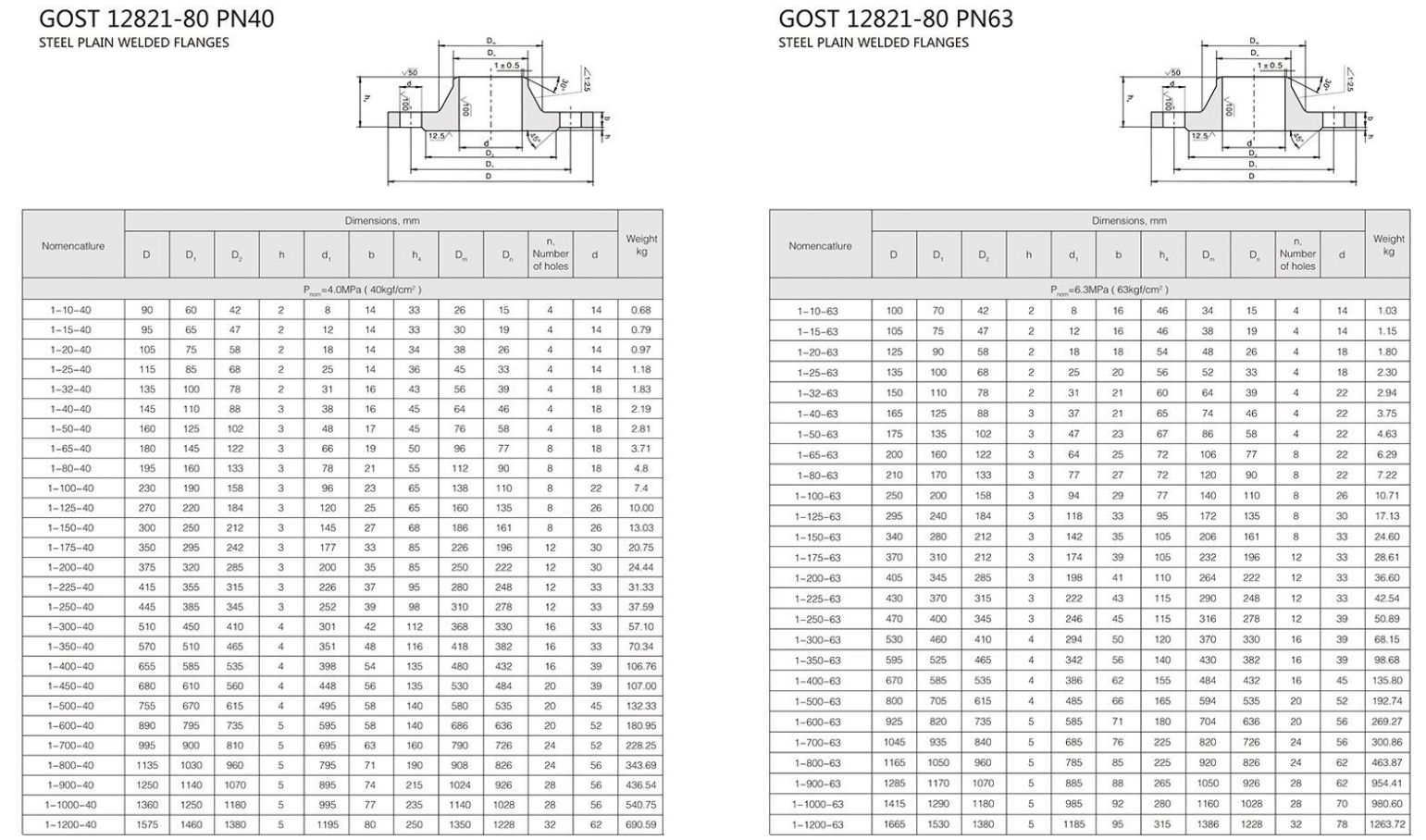-
Cangzhou Yulong Steel Co., Ltd.
-
Phone:
+86 13303177267 -
Email:
admin@ylsteelfittings.com
- English
- Arabic
- Italian
- Spanish
- Portuguese
- German
- kazakh
- Persian
- Greek
- French
- Russian
- Polish
- Thai
- Indonesian
- Vietnamese
- Zulu
- Korean
- Uzbek
- Hindi
- Serbian
- Malay
- Ukrainian
- Gujarati
- Haitian Creole
- hausa
- hawaiian
- Hebrew
- Miao
- Hungarian
- Icelandic
- igbo
- irish
- Japanese
- Javanese
- Kannada
- Khmer
- Rwandese
- Afrikaans
- Albanian
- Amharic
- Armenian
- Azerbaijani
- Basque
- Belarusian
- Bengali
- Bosnian
- Bulgarian
- Catalan
- Cebuano
- China
- China (Taiwan)
- Corsican
- Croatian
- Czech
- Danish
- Esperanto
- Estonian
- Finnish
- Frisian
- Galician
- Georgian
- Kurdish
- Kyrgyz
- Lao
- Latin
- Latvian
- Lithuanian
- Luxembourgish
- Macedonian
- Malgashi
- Malayalam
- Maltese
- Maori
- Marathi
- Mongolian
- Myanmar
- Nepali
- Norwegian
- Norwegian
- Occitan
- Pashto
- Dutch
- Punjabi
- Romanian
- Samoan
- Scottish Gaelic
- Sesotho
- Shona
- Sindhi
- Sinhala
- Slovak
- Slovenian
- Somali
- Sundanese
- Swahili
- Swedish
- Tagalog
- Tajik
- Tamil
- Tatar
- Telugu
- Turkish
- Turkmen
- Urdu
- Uighur
- Welsh
- Bantu
- Yiddish
- Yoruba

Oct . 05, 2024 06:49 Back to list
Types and Applications of Flange Couplings in Mechanical Engineering
Understanding Flange Coupling Types
Flange couplings are integral components in mechanical systems, primarily used to connect two shafts for the purpose of transmitting power. They play a crucial role in various industries, including manufacturing, automotive, and aerospace, providing reliable and efficient torque transfer. Given the variety of applications and requirements, there are several types of flange couplings, each designed to meet specific needs.
1. Rigid Flange Couplings
Rigid flange couplings are known for their simplicity and strength. These couplings consist of two flanges bolted together, providing a fixed connection between shafts. They are ideal for applications where the shafts are perfectly aligned and where there is no need for flexibility. Rigid couplings are commonly used in applications such as pumps and compressors, where misalignment is minimal.
Advantages - High torque transmission capability. - Simple design leading to easy installation and maintenance. - Generally more cost-effective compared to flexible options.
Disadvantages - Cannot accommodate any misalignment. - Vibration and shock loads can cause damage.
2. Flexible Flange Couplings
Flexible flange couplings are designed to accommodate minor misalignments between shafts. They provide the necessary flexibility to handle axial, radial, and angular misalignment, making them suitable for applications where precise alignment cannot be guaranteed. This type of coupling typically incorporates elastomeric materials or springs to allow for flexibility.
Advantages - Increased lifespan of connected components due to reduced stress from misalignment. - Enhanced shock load absorption.
Disadvantages - More complex design, potentially leading to higher costs. - Possible reduction in torque transmission compared to rigid couplings.
Gear couplings are another type of flange coupling that utilizes gears to transmit torque. This design enables not only the connection of two shafts but also the ability to handle axial and angular misalignments. Gear couplings are particularly effective in high-torque applications, making them common in heavy machinery and industrial settings.
flange coupling types

Advantages - Capable of transmitting large amounts of torque. - Accommodates significant misalignment.
Disadvantages - Higher initial cost and more complex installation. - Requires regular maintenance to ensure gear compatibility.
4. Disc Couplings
Disc couplings consist of thin, flexible discs that can handle angular and radial misalignments while transmitting torque. These couplings provide a high degree of flexibility and are made from high-strength materials, which makes them suitable for applications requiring high-speed rotation and high torque.
Advantages - Minimal backlash and high efficiency. - Excellent for high-speed applications due to low inertia.
Disadvantages - Limited ability to absorb shock loads. - Can be sensitive to temperature variations and require careful material selection.
5. Oldham Couplings
Oldham couplings are designed specifically to handle both angular and parallel misalignments. This type of coupling has a central sliding disc that allows for movement while keeping the two shafts connected. Oldham couplings are often found in applications with moderate torque and where the shafts may experience lateral movement.
Advantages - Allows for both angular and parallel misalignments. - Simple design reduces wear and maintains low friction.
Disadvantages - Limited torque capacity compared to other types of couplings. - May require more frequent replacement under high-stress conditions.
Conclusion
Selecting the appropriate flange coupling type is crucial for ensuring optimal machine performance. Each type has its own set of advantages and disadvantages, making it essential to consider factors such as alignment, torque requirements, and operational conditions when choosing the right coupling for your application. Whether you require a rigid connection for straightforward applications or a flexible solution for dynamic environments, understanding these coupling types ensures improved efficiency and longevity in mechanical systems.
Latest news
-
ANSI 150P SS304 SO FLANGE
NewsFeb.14,2025
-
ASTM A333GR6 STEEL PIPE
NewsJan.20,2025
-
ANSI B16.5 WELDING NECK FLANGE
NewsJan.15,2026
-
ANSI B16.5 SLIP-ON FLANGE
NewsApr.19,2024
-
SABS 1123 FLANGE
NewsJan.15,2025
-
DIN86044 PLATE FLANGE
NewsApr.19,2024
-
DIN2527 BLIND FLANGE
NewsApr.12,2024
-
JIS B2311 Butt-Welding Fittings LR/SR 45°/90° /180°Seamless/Weld
NewsApr.23,2024











